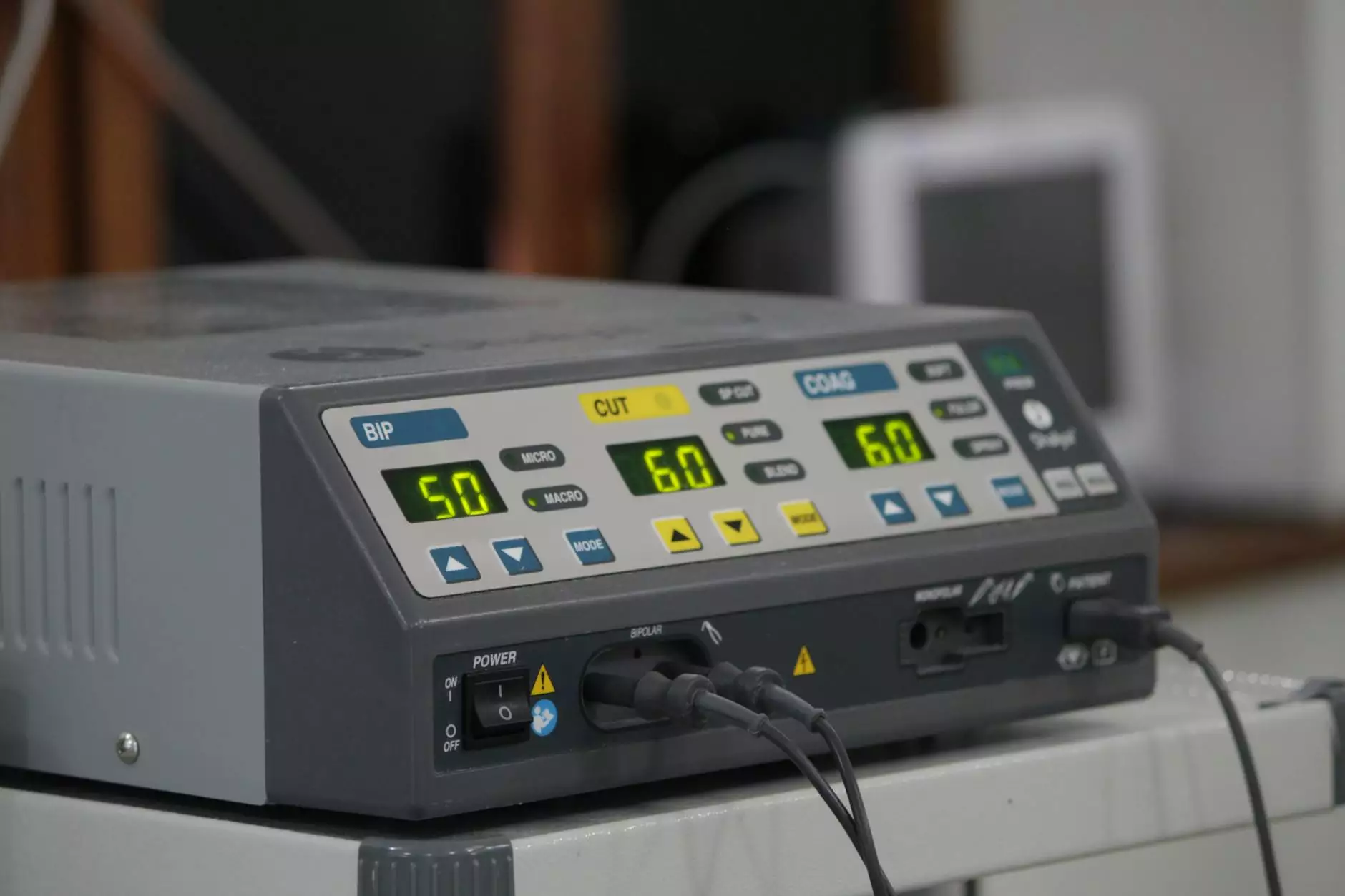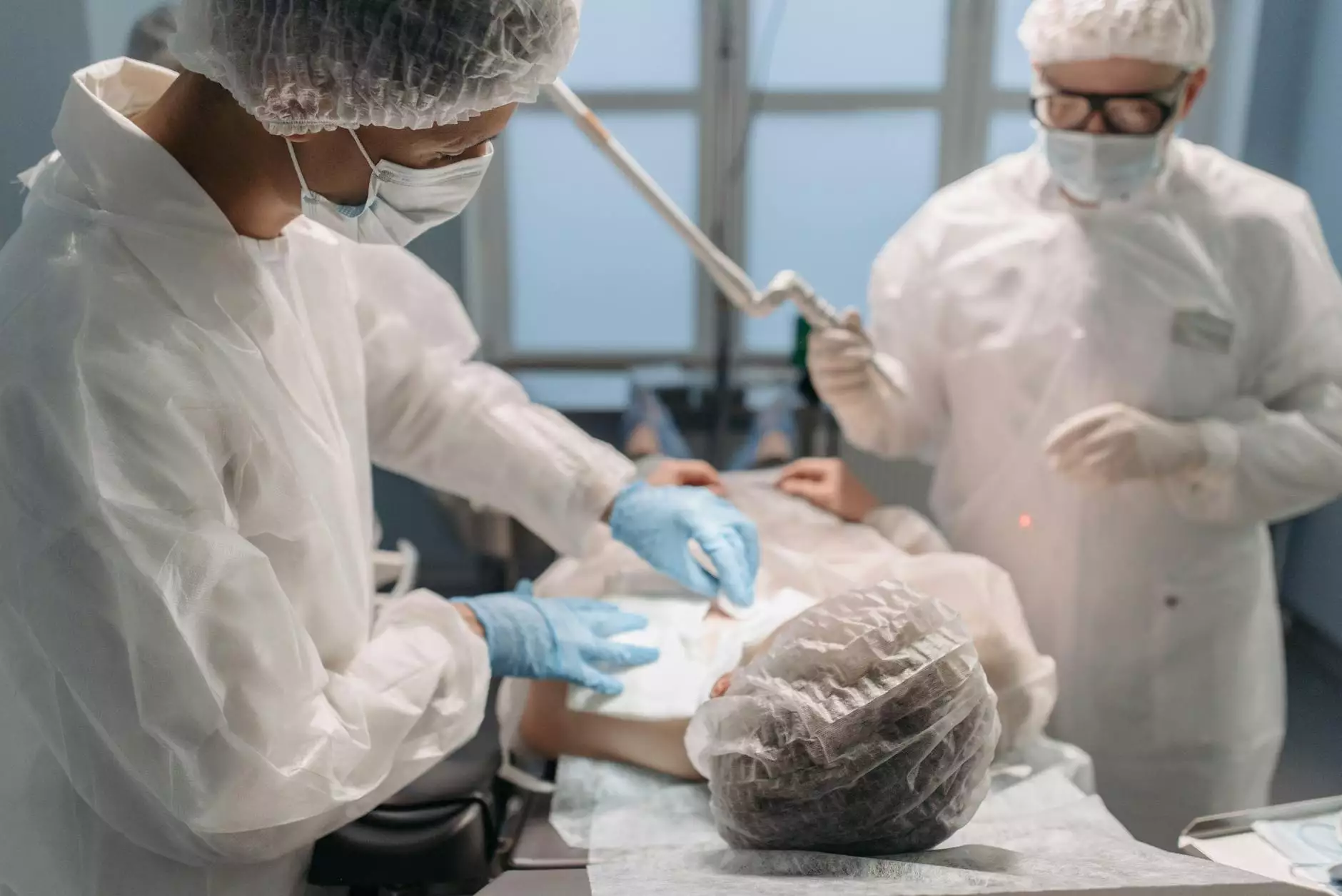Bilateral Salpingo-Oophorectomy and Hysterectomy: Understanding Surgical Procedures

In the realm of women's health, bilateral salpingo-oophorectomy and hysterectomy are two important surgical procedures. These procedures are crucial for diagnosing and treating various gynecological conditions. This article will delve into the complexities of both surgical interventions, shedding light on their purposes, benefits, potential risks, and the recovery process to ensure that patients make informed decisions about their health.
What is Bilateral Salpingo-Oophorectomy?
A bilateral salpingo-oophorectomy is a surgical procedure that involves the removal of both the fallopian tubes and ovaries. This operation is often performed to treat conditions such as:
- Ovarian cancer
- Severe endometriosis
- Ovarian cysts
- Genetic predispositions to ovarian cancer
In some cases, this procedure may also be performed as a preventive measure for women with a high risk of developing ovarian cancer, particularly those with BRCA1 or BRCA2 gene mutations. The decision to proceed with this surgery is typically made after careful consideration and diagnostic evaluation by a qualified gynecologist.
Understanding Hysterectomy
A hysterectomy is the surgical removal of the uterus. This procedure can vary in extent; it can involve:
- Subtotal hysterectomy (removal of the upper part of the uterus, leaving the cervix intact)
- Total hysterectomy (removal of the entire uterus, including the cervix)
- Radical hysterectomy (removal of the uterus, cervix, surrounding tissue, and sometimes ovaries and fallopian tubes)
Hysterectomies are commonly indicated for conditions such as:
- Uterine fibroids
- Uterine prolapse
- Abnormal bleeding that does not respond to other treatments
- Certain gynecological cancers
Benefits of Both Procedures
Both bilateral salpingo-oophorectomy and hysterectomy serve significant roles in women's health. Some benefits include:
- Symptom Relief: These surgeries can effectively alleviate debilitating symptoms caused by conditions like fibroids, endometriosis, and chronic pelvic pain.
- Reduction in Cancer Risk: For women at high risk of ovarian or uterine cancers, the removal of these organs can dramatically lower their chance of developing these diseases.
- Improvement in Quality of Life: Many women report improved quality of life post-surgery, free from the persistent pain and discomfort caused by their conditions.
- Fertility Considerations: While these surgeries may affect fertility, they can also be part of a strategic medical plan for women who do not wish to have children.
Risks and Considerations
As with any surgical procedure, both bilateral salpingo-oophorectomy and hysterectomy come with potential risks. Some of the risks include:
- Infection: Surgical sites are susceptible to infection.
- Bleeding: Significant blood loss can occur during surgery.
- Anesthesia Risks: Reactions to anesthesia can vary per individual.
- Long-term Effects: Hormonal changes following removal of the ovaries can lead to menopause symptoms and potential long-term health risks.
Post-Operative Care and Recovery
Recovery from surgery varies by patient and often depends on the surgical approach used (laparoscopic vs. open surgery). Key aspects of post-operative care include:
- Rest: Adequate rest is crucial during the initial recovery phase.
- Pain Management: Physicians usually recommend medications to manage pain post-surgery.
- Follow-up Appointments: Regular check-ups are essential to monitor healing and address any complications, should they arise.
- Physical Activity: Gradual return to normal activities, following medical advice, is recommended to avoid strain on healing tissues.
Emotional and Psychological Impact
Undergoing surgical procedures like bilateral salpingo-oophorectomy and hysterectomy can have emotional and psychological ramifications. Support systems play a vital role in recovery:
- Counseling: Professional help can assist in coping with the emotional toll.
- Support Groups: Connecting with other women who have undergone similar procedures can provide encouragement and understanding.
- Open Communication: Discussing feelings with loved ones helps foster support during recovery.
Conclusion
In conclusion, both bilateral salpingo-oophorectomy and hysterectomy are significant surgical procedures that play critical roles in women's reproductive health. These surgeries can provide relief from numerous painful and life-altering conditions, reduce cancer risk, and improve overall quality of life. However, understanding the potential risks, post-operative care, and emotional impacts is crucial for anyone considering these procedures.
As always, it is essential to consult with a qualified gynecologist or healthcare provider who can provide tailored advice and care based on individual circumstances. For more information and expert consultation, visit drseckin.com.



